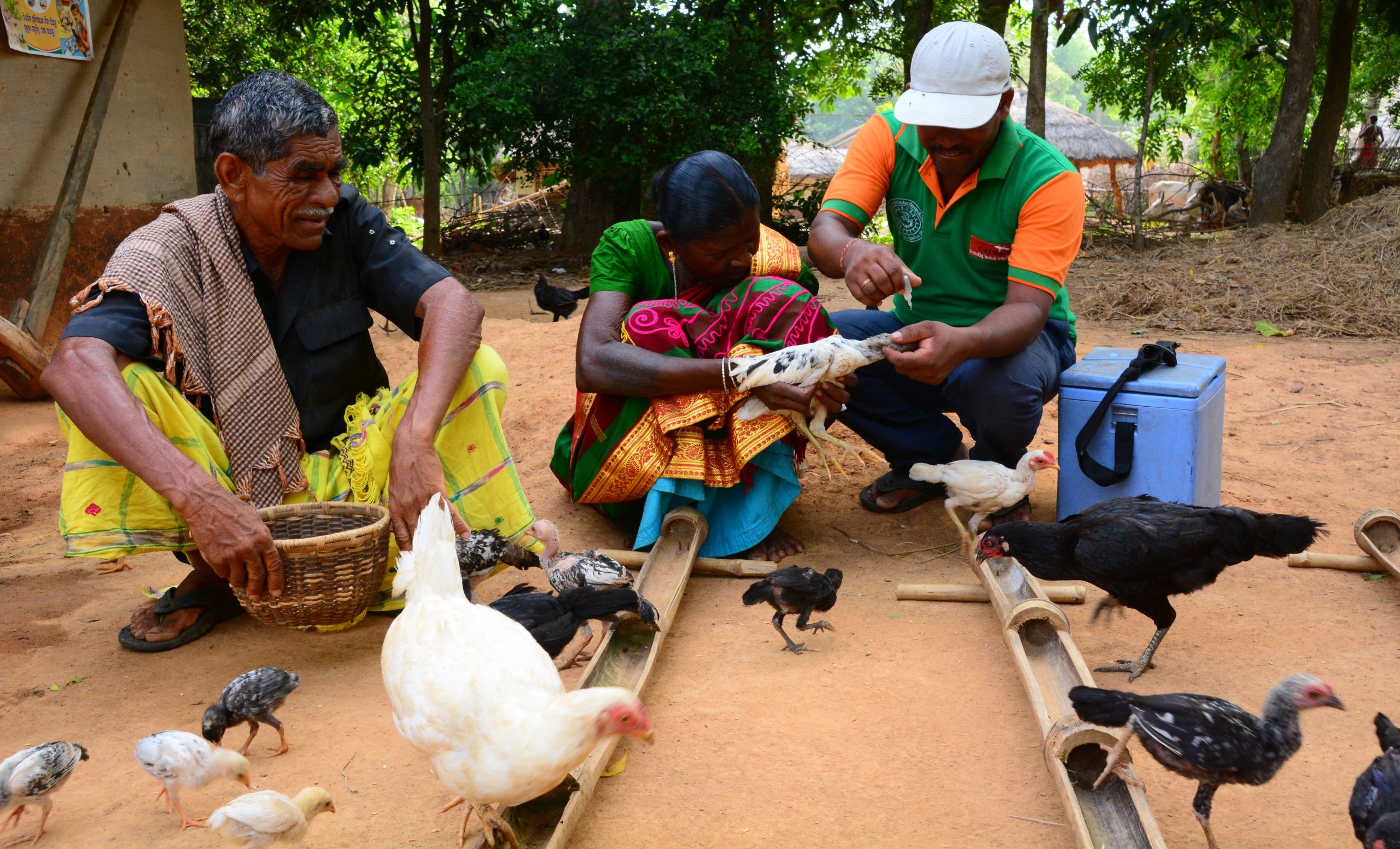Protecting livestock from disease will benefit not just animals, but also the health and well being of the people who rely on them.
Up to 1.3 billion people worldwide rely on livestock for food and livelihoods. Many are smallholder farmers in Low- and middle-income countries (LMICs). Improving livestock health could improve the lives of millions of the world’s poorest people. UK-funded research is developing vaccines for livestock diseases and working to make existing vaccines more robust and accessible to smallholder farmers.
Funding vaccine development
- The Global Alliance for Livestock Veterinary Medicines (GALVmed), incorporated in 2005 with £2.6 million from DFID, channels much of the UK government’ support for livestock vaccine development. GALVmed works to improve livestock keepers’ access to affordable and effective medicines for their animals. GALVmed has brought 10 new livestock products to market. Its work has reached 2.5 million households and averted livestock disease mortality to the value of US$167 million.

- The Pirbright Institute conducts research into livestock diseases, and alongside £19.3 million awarded to the institute from BBSRC in 2017-18, Wellcome invested £3.1 million in Pirbright in 2019 to develop an affordable and effective vaccine to foot-and-mouth disease. The International Livestock Research Institute in Kenya also received support from Wellcome (2012-2015) to develop effective vaccines against Rift Valley fever.
Innovating to improve: Newcastle disease
Newcastle disease kills up to 100% of infected birds and is one of the greatest constraints on village poultry production. In India, effective control of Newcastle disease could save an estimated US$182 million each year.
UK-supported research has sought to make existing Newcastle disease vaccines more suitable for use where they are needed most. Existing vaccines are expensive, must be kept cool, and are only available in large quantities. Research supported by GALVmed led to the development of two new technologies for vaccine delivery that are cheaper (<£0.02 per vaccination), can be kept at higher temperatures and are suitable for use by smallholder farmers. By 2018, 170 million doses of Newcastle disease vaccine had been sold to an estimated 2.1 million households, mainly in South Asia.

Protecting people too: porcine cysticercosis
Research into livestock vaccines also benefits people by reducing the risk of disease transfer from animals to humans. Porcine cysticercosis (an infection of pigs caused by the tapeworm Taenia solium) is responsible for approx. 5 million human cases of neurocysticercosis (neurologic infection caused by the tapeworm) and 50,000 deaths annually. GALVmed and partners licensed a vaccine and showed that by using it together with an oral de-wormer, cysticercosis in pigs can be eliminated, reducing its potential transmission to people.
Breaking new ground
African Swine Fever is a highly contagious and usually fatal viral disease of pigs. It is prevalent in many African countries and in the past decade has been spreading through Europe and Asia. There are currently no treatments or vaccine available. In June 2019, researchers at Pirbright announced that they are developing different types of vaccines. The UK’s Chief Veterinary Officer described the research as demonstrating the UK’s world-leading role in vaccine development.

